35 Ways to Use your DIY Dry-Erase Manipulatives to Teach Arabic
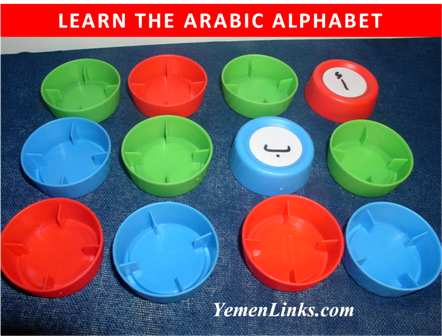
Asalaam ‘Alaikum:
In my last post I showed you how I made my own dry-erase manipulatives. Now that you’ve gotten the lesson in how to make them, I’m here to show you how we use them. If you haven’t seen the post on how to make the manipulatives, please check it out first:
Make Your Own Dry-Erase Manipulatives
You can also find any easy-to-print document containing the instructions on my website:
Yemenlinks.com
I have not only found ways to use them with teaching Arabic, but I have also found ways to use them across the curriculum (and I’m sure there are many other uses I haven’t thought of yet). In later posts, insha’Allah – I will share uses for the manipulatives with other subjects.
I am just going to share a few ideas in this blog post for ways to teach Arabic with our DIY Dry-Erase Manipulatives. To make it easier for you to read and print, I have provided a link at the end of this post for the document that contains all 35 Ways, insha’Allah.
ARABIC ALPHABET RECOGNITION:
- Write the Arabic letters on the manipulatives. Then, have your child play a matching game, matching the same letters.
- Play tic-tac-toe with the discs. This would be good practice for two children. Have the letters that you want your child to practice written on the discs and turn them over. Before marking anything on the tic-tac-toe board, your child needs to choose a disc. If they can name that letter, they can place the disc next to them and place a counter on the tic-tac-toe board.
~ You will find more ideas in the document link at the bottom of this post. ~
ARABIC NUMBER RECOGNITION:
- Write the Arabic numbers on the manipulatives. Then, have your child play a matching game, matching the same numbers.
- Give your child counters (pennies, beans, ones cubes, etc.) and write the numbers on the discs that you want them to practice. Have them take a disc and then place next to it the amount of counters that make up that number.
~ You will find more ideas in the document link at the bottom of this post. ~
ARABIC PHONICS PRACTICE:
- Write the letters on all the discs (or those that you are focusing on). Name a sound one of the letters make and have your child find that letter.
- Practicing the vowel sounds – write ba on each disc with a different vowel mark on each one and have your child practice reading them. Then, mix them up and ask your child for a particular sound. Have them show you the disc.
~ You will find more ideas in the document link at the bottom of this post. ~
ARABIC LETTER FORM RECOGNITION:
- Mark the manipulatives with the main form of the Arabic letter and the different forms of the letter. Do this for several of the letters – or for all of them – if you have enough manipulatives. Then, mix them up and have the child match them – main letter form, beginning form, middle form, ending form.
- Play tic-tac-toe with the discs. This would be good practice for two children. Create discs with different forms of several letters. Turn them over. Before marking anything on the tic-tac-toe board, your child needs to choose a disc. If they can name what is on the disc (the letter and what form it is in), they can place the disc next to them and place a counter on the tic-tac-toe board. For more advanced players, you could have them write a word that utilizes that form of the letter before they can place a counter on the tic-tac-toe board.
~ You will find more ideas in the document link at the bottom of this post. ~
VOCABULARY & SPELLING PRACTICE:
- Having a set word in mind, write the letters (as they are written in the word) on the manipulatives. Then, mix them up. Have your child unscramble the letters to make the word. Say the word to your child and see if they can put the letters in proper order. Then, for extra practice – you can have your child write the word.
- For more advanced students – you could provide empty tiles and a dry-erase marker. Name a letter (alif – for example) and have them write a word – properly – using the tiles. So, they could choose to write the word arnab – making sure to properly spell the letters the way they are found in the word.
~ You will find more ideas in the document link at the bottom of this post. ~
We haven’t had them for long – but they are already becoming a hit in our own home – and we have found many – many – many uses for them, masha’Allah. I have written all 35 uses for the dry-erase manipulatives in an easy-to-print document here:
35 Ways to Use your
DIY DRY-ERASE MANIPULATIVES
~ To Teach Arabic ~
As I said – there are many uses for these learning manipulatives. So many – in fact – that I can’t wait to find other ways, masha’Allah. It is so exciting! Now, these are just a few of the uses – and if you come up with any more – I sure would greatly appreciate it if you shared it with us – JUST LEAVE A COMMENT PLEASE!
Anyway – hopefully this sparks some inspiration in you to find other ways to use things – and to find ways to stretch the use of manipulatives. I find that they are sorely underused in teaching Arabic – but you can’t always reach EVERY child with a BOOK alone. Not every child thinks alike – and to reach some, you have to help them get their hands dirty – to touch it and feel it. I hope this in some way helps.
INSHA’ALLAH
~ ALL OF US, TOGETHER ~
CAN INSPIRE THE LOVE OF LEARNING IN OUR CHILDREN.
Asalaam ‘Alaikum,
Sumayyah Umm SAAK

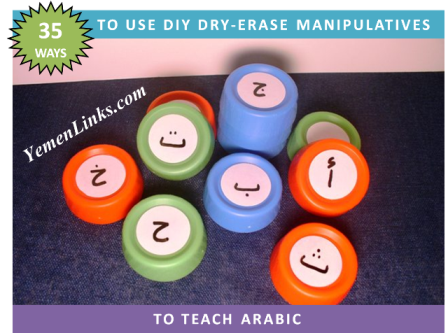

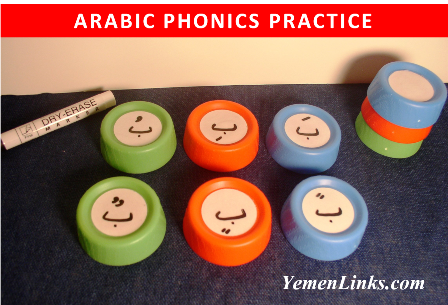
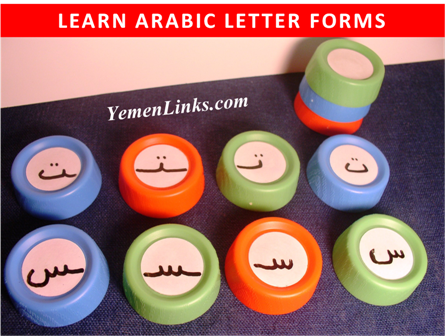
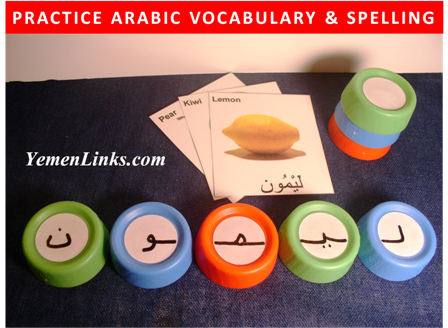
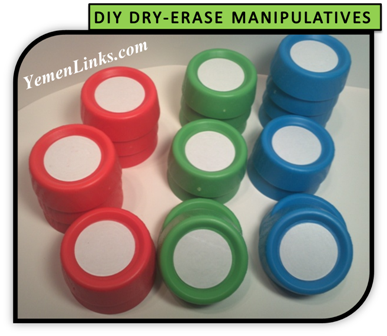



assalamu’alaikum,
mashaa Allah this is a great idea. would like to try this for my 3yo daughter inshaa Allah. jazakillah khoiron for sharing
Assalamu Alaykum Sister,
Your ideas are amazing, ma sha’Allah! I am homoeschooling my LO and find lots of ispiration here.
Jazaki Allah khayran!
Asalaam ‘Alaikum,
Jazak Allah Khair!
Asalaam ‘Alaikum,
Sumayyah Umm SAAK
j’ai trouvé ce site formidable pour apprendre l’arabe a mes enfants
JazakiLlah sister! I am attempting to teach my two boys (ages 3 &6) Arabic, and feel very motivated after going through your website!
You are wonderful!